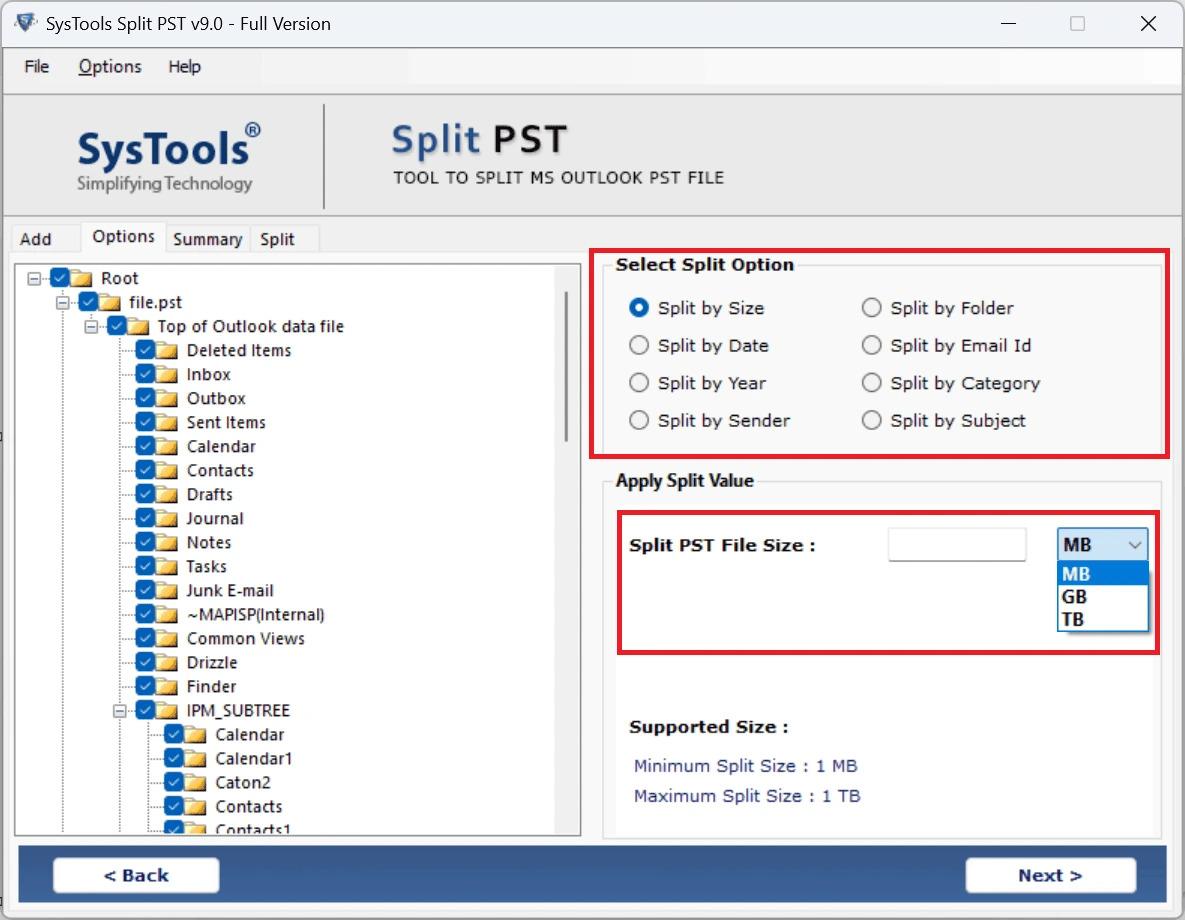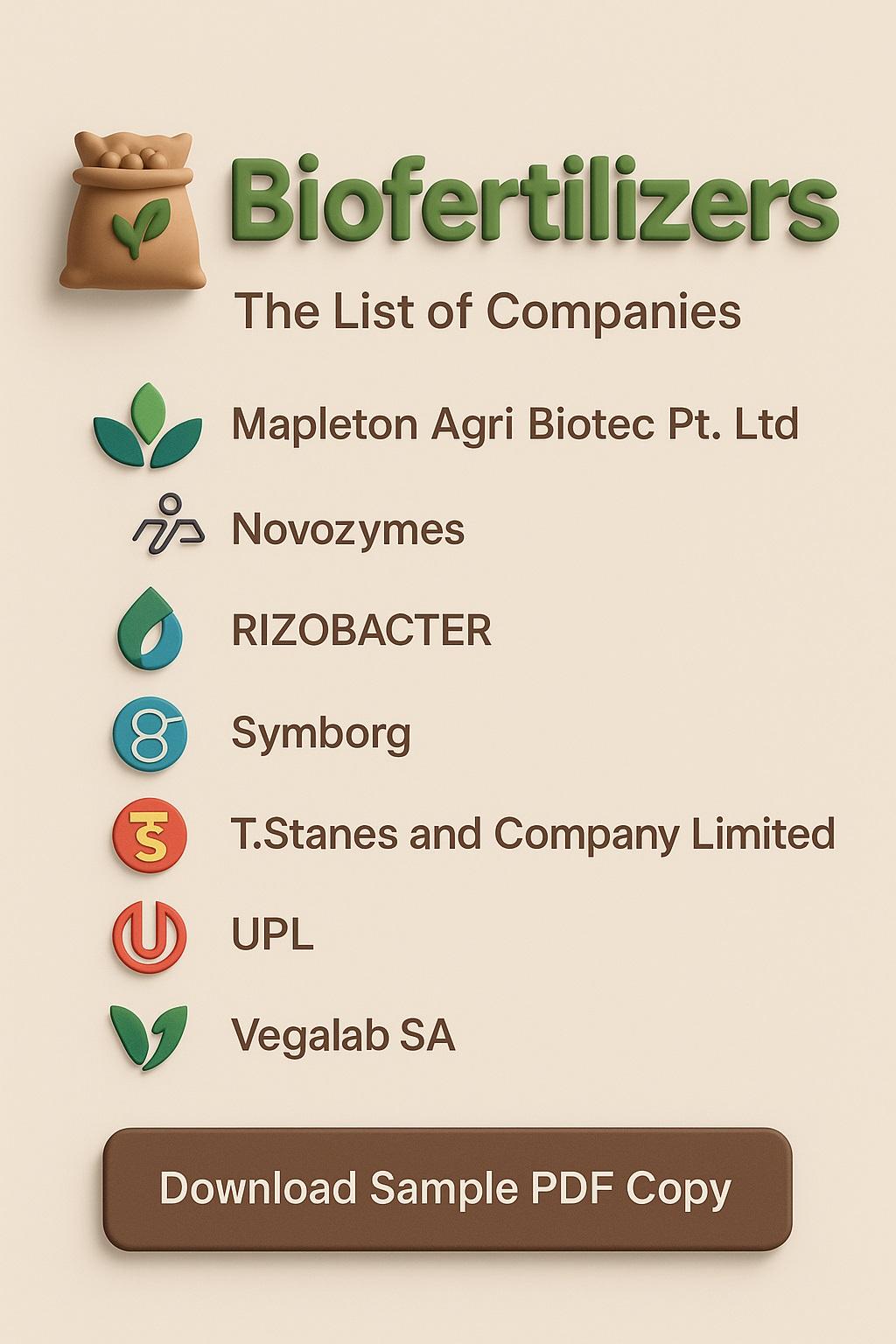The global cultured dairy product market is poised for substantial growth over the next decade, projected to expand from an estimated USD 45.1 billion in 2025 to USD 77.7 billion by 2035, reflecting a robust compound annual growth rate (CAGR) of 5.6%. This growth is fueled by rising consumer awareness around gut health, probiotics, and functional nutrition, alongside evolving dietary preferences and demand for convenient, nutrient-dense foods.
Yogurt Leads the Market
Among cultured dairy products, yogurt is projected to account for 38% of total market revenue in 2025, making it the dominant segment. The widespread adoption of yogurt is driven by its versatility—both spoonable and drinkable formats—and its probiotic benefits that support digestive health. Continuous innovation in flavors, textures, and fortified nutritional content is enabling manufacturers to cater to diverse consumer lifestyles.
“Consumer preference is shifting toward high-protein, low-sugar, and natural products, which continues to position yogurt as a preferred choice in wellness-focused diets,” said an industry analyst.
Click Here for More Information:- https://www.futuremarketinsights.com/reports/cultured-dairy-product-market
Cow Milk Dominates as the Primary Source
Cow milk remains the most widely used base for cultured dairy products, representing 69.3% of the market in 2025. Its abundance, cost-effectiveness, and nutrient profile provide optimal fermentation properties and consistent product quality. With high protein and calcium content, cow milk-based products remain trusted among consumers worldwide.
Full-Fat Products Gain Traction
The full-fat segment is experiencing renewed popularity, driven by trends favoring minimally processed, whole-food nutrition. Growing interest in ketogenic and low-carb diets, alongside emerging research on the metabolic benefits of full-fat dairy, is contributing to this resurgence. Premium branding and artisan-style production are also supporting full-fat offerings across global markets.
Global and Regional Growth Trends
Emerging economies are outpacing mature markets, with China leading at a CAGR of 7.6%, followed by India at 7.0%. Urbanization, higher disposable incomes, and increased awareness of probiotics are driving growth in these regions. Among developed nations, Germany (6.4%) and France (5.9%) show strong momentum in functional dairy innovations, whereas the USA (4.8%) and UK (5.3%) reflect slower but steady growth due to market maturity.
Probiotic Fortification and Low-Sugar Innovations
The demand for probiotic-fortified cultured dairy products surged 22% in 2025, with new formulations targeting digestive health and immunity. Shelf-stable probiotic drinks saw a 31% increase in Southeast Asia, while flavored low-sugar yogurts gained traction in Europe and Japan. Region-specific flavors and clean-label offerings are becoming increasingly important to meet diverse consumer needs.
Competitive Landscape and Key Players
Leading companies such as Danone, Nestlé, Lactalis, Chobani LLC, Yakult Honsha Co., Ltd., Amul, Arla, and Fonterra are investing in product diversification, sustainable packaging, and functional dairy innovations. Recent launches include Chobani’s High Protein Greek yogurt line, offering 20–30 g protein per serving with lactose-free formulations, reflecting the rising demand for functional, protein-rich products.
Get Sample Report: - https://www.futuremarketinsights.com/reports/sample/rep-gb-22767
Future Outlook
As consumers continue to embrace natural, nutrient-dense, and functional foods, the cultured dairy product market is expected to see sustained growth. Innovations in fermentation, plant-enriched alternatives, and region-specific product offerings will be key strategies for market expansion. Retailers and manufacturers alike are poised to leverage evolving trends to capture market share and meet the rising global demand for healthier, gut-friendly dairy options.
About Future Market Insights (FMI)
Future Market Insights, Inc. (ESOMAR certified, recipient of the Stevie Award, and a member of the Greater New York Chamber of Commerce) offers profound insights into the driving factors that are boosting demand in the market. FMI stands as the leading global provider of market intelligence, advisory services, consulting, and events for the Packaging, Food and Beverage, Consumer Technology, Healthcare, Industrial, and Chemicals markets. With a vast team of over 400 analystsworldwide, FMI provides global, regional, and local expertise on diverse domains and industry trends across more than 110 countries.
Contact Us:
Future Market Insights Inc.
Christiana Corporate, 200 Continental Drive,
Suite 401, Newark, Delaware – 19713, USA
T: +1-347-918-3531
For Sales Enquiries: sales@futuremarketinsights.com
Website: https://www.futuremarketinsights.com
LinkedIn| Twitter| Blogs | YouTube
Yogurt Leads the Market
Among cultured dairy products, yogurt is projected to account for 38% of total market revenue in 2025, making it the dominant segment. The widespread adoption of yogurt is driven by its versatility—both spoonable and drinkable formats—and its probiotic benefits that support digestive health. Continuous innovation in flavors, textures, and fortified nutritional content is enabling manufacturers to cater to diverse consumer lifestyles.
“Consumer preference is shifting toward high-protein, low-sugar, and natural products, which continues to position yogurt as a preferred choice in wellness-focused diets,” said an industry analyst.
Click Here for More Information:- https://www.futuremarketinsights.com/reports/cultured-dairy-product-market
Cow Milk Dominates as the Primary Source
Cow milk remains the most widely used base for cultured dairy products, representing 69.3% of the market in 2025. Its abundance, cost-effectiveness, and nutrient profile provide optimal fermentation properties and consistent product quality. With high protein and calcium content, cow milk-based products remain trusted among consumers worldwide.
Full-Fat Products Gain Traction
The full-fat segment is experiencing renewed popularity, driven by trends favoring minimally processed, whole-food nutrition. Growing interest in ketogenic and low-carb diets, alongside emerging research on the metabolic benefits of full-fat dairy, is contributing to this resurgence. Premium branding and artisan-style production are also supporting full-fat offerings across global markets.
Global and Regional Growth Trends
Emerging economies are outpacing mature markets, with China leading at a CAGR of 7.6%, followed by India at 7.0%. Urbanization, higher disposable incomes, and increased awareness of probiotics are driving growth in these regions. Among developed nations, Germany (6.4%) and France (5.9%) show strong momentum in functional dairy innovations, whereas the USA (4.8%) and UK (5.3%) reflect slower but steady growth due to market maturity.
Probiotic Fortification and Low-Sugar Innovations
The demand for probiotic-fortified cultured dairy products surged 22% in 2025, with new formulations targeting digestive health and immunity. Shelf-stable probiotic drinks saw a 31% increase in Southeast Asia, while flavored low-sugar yogurts gained traction in Europe and Japan. Region-specific flavors and clean-label offerings are becoming increasingly important to meet diverse consumer needs.
Competitive Landscape and Key Players
Leading companies such as Danone, Nestlé, Lactalis, Chobani LLC, Yakult Honsha Co., Ltd., Amul, Arla, and Fonterra are investing in product diversification, sustainable packaging, and functional dairy innovations. Recent launches include Chobani’s High Protein Greek yogurt line, offering 20–30 g protein per serving with lactose-free formulations, reflecting the rising demand for functional, protein-rich products.
Get Sample Report: - https://www.futuremarketinsights.com/reports/sample/rep-gb-22767
Future Outlook
As consumers continue to embrace natural, nutrient-dense, and functional foods, the cultured dairy product market is expected to see sustained growth. Innovations in fermentation, plant-enriched alternatives, and region-specific product offerings will be key strategies for market expansion. Retailers and manufacturers alike are poised to leverage evolving trends to capture market share and meet the rising global demand for healthier, gut-friendly dairy options.
About Future Market Insights (FMI)
Future Market Insights, Inc. (ESOMAR certified, recipient of the Stevie Award, and a member of the Greater New York Chamber of Commerce) offers profound insights into the driving factors that are boosting demand in the market. FMI stands as the leading global provider of market intelligence, advisory services, consulting, and events for the Packaging, Food and Beverage, Consumer Technology, Healthcare, Industrial, and Chemicals markets. With a vast team of over 400 analystsworldwide, FMI provides global, regional, and local expertise on diverse domains and industry trends across more than 110 countries.
Contact Us:
Future Market Insights Inc.
Christiana Corporate, 200 Continental Drive,
Suite 401, Newark, Delaware – 19713, USA
T: +1-347-918-3531
For Sales Enquiries: sales@futuremarketinsights.com
Website: https://www.futuremarketinsights.com
LinkedIn| Twitter| Blogs | YouTube
The global cultured dairy product market is poised for substantial growth over the next decade, projected to expand from an estimated USD 45.1 billion in 2025 to USD 77.7 billion by 2035, reflecting a robust compound annual growth rate (CAGR) of 5.6%. This growth is fueled by rising consumer awareness around gut health, probiotics, and functional nutrition, alongside evolving dietary preferences and demand for convenient, nutrient-dense foods.
Yogurt Leads the Market
Among cultured dairy products, yogurt is projected to account for 38% of total market revenue in 2025, making it the dominant segment. The widespread adoption of yogurt is driven by its versatility—both spoonable and drinkable formats—and its probiotic benefits that support digestive health. Continuous innovation in flavors, textures, and fortified nutritional content is enabling manufacturers to cater to diverse consumer lifestyles.
“Consumer preference is shifting toward high-protein, low-sugar, and natural products, which continues to position yogurt as a preferred choice in wellness-focused diets,” said an industry analyst.
Click Here for More Information:- https://www.futuremarketinsights.com/reports/cultured-dairy-product-market
Cow Milk Dominates as the Primary Source
Cow milk remains the most widely used base for cultured dairy products, representing 69.3% of the market in 2025. Its abundance, cost-effectiveness, and nutrient profile provide optimal fermentation properties and consistent product quality. With high protein and calcium content, cow milk-based products remain trusted among consumers worldwide.
Full-Fat Products Gain Traction
The full-fat segment is experiencing renewed popularity, driven by trends favoring minimally processed, whole-food nutrition. Growing interest in ketogenic and low-carb diets, alongside emerging research on the metabolic benefits of full-fat dairy, is contributing to this resurgence. Premium branding and artisan-style production are also supporting full-fat offerings across global markets.
Global and Regional Growth Trends
Emerging economies are outpacing mature markets, with China leading at a CAGR of 7.6%, followed by India at 7.0%. Urbanization, higher disposable incomes, and increased awareness of probiotics are driving growth in these regions. Among developed nations, Germany (6.4%) and France (5.9%) show strong momentum in functional dairy innovations, whereas the USA (4.8%) and UK (5.3%) reflect slower but steady growth due to market maturity.
Probiotic Fortification and Low-Sugar Innovations
The demand for probiotic-fortified cultured dairy products surged 22% in 2025, with new formulations targeting digestive health and immunity. Shelf-stable probiotic drinks saw a 31% increase in Southeast Asia, while flavored low-sugar yogurts gained traction in Europe and Japan. Region-specific flavors and clean-label offerings are becoming increasingly important to meet diverse consumer needs.
Competitive Landscape and Key Players
Leading companies such as Danone, Nestlé, Lactalis, Chobani LLC, Yakult Honsha Co., Ltd., Amul, Arla, and Fonterra are investing in product diversification, sustainable packaging, and functional dairy innovations. Recent launches include Chobani’s High Protein Greek yogurt line, offering 20–30 g protein per serving with lactose-free formulations, reflecting the rising demand for functional, protein-rich products.
Get Sample Report: - https://www.futuremarketinsights.com/reports/sample/rep-gb-22767
Future Outlook
As consumers continue to embrace natural, nutrient-dense, and functional foods, the cultured dairy product market is expected to see sustained growth. Innovations in fermentation, plant-enriched alternatives, and region-specific product offerings will be key strategies for market expansion. Retailers and manufacturers alike are poised to leverage evolving trends to capture market share and meet the rising global demand for healthier, gut-friendly dairy options.
About Future Market Insights (FMI)
Future Market Insights, Inc. (ESOMAR certified, recipient of the Stevie Award, and a member of the Greater New York Chamber of Commerce) offers profound insights into the driving factors that are boosting demand in the market. FMI stands as the leading global provider of market intelligence, advisory services, consulting, and events for the Packaging, Food and Beverage, Consumer Technology, Healthcare, Industrial, and Chemicals markets. With a vast team of over 400 analystsworldwide, FMI provides global, regional, and local expertise on diverse domains and industry trends across more than 110 countries.
Contact Us:
Future Market Insights Inc.
Christiana Corporate, 200 Continental Drive,
Suite 401, Newark, Delaware – 19713, USA
T: +1-347-918-3531
For Sales Enquiries: sales@futuremarketinsights.com
Website: https://www.futuremarketinsights.com
LinkedIn| Twitter| Blogs | YouTube
0 Comentários
0 Compartilhamentos
2K Visualizações










